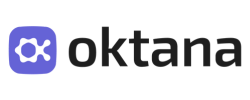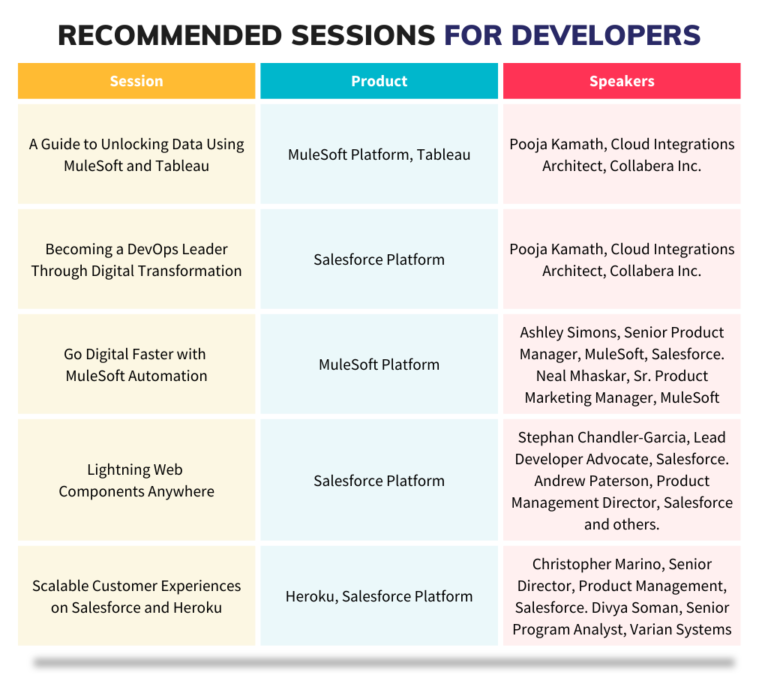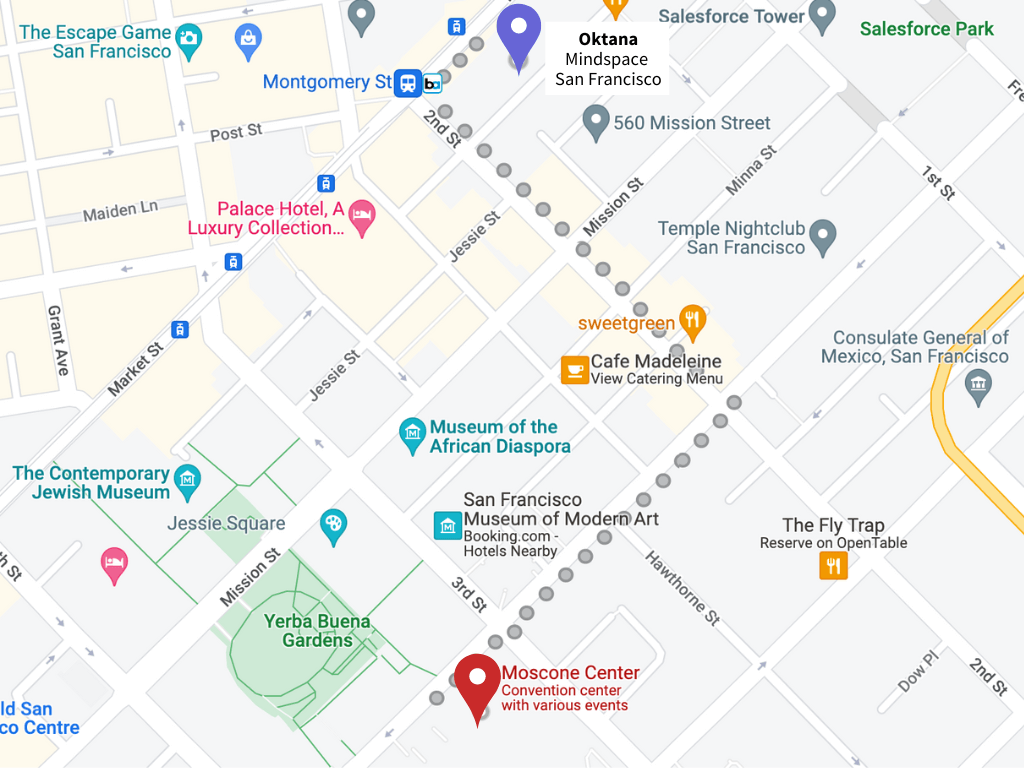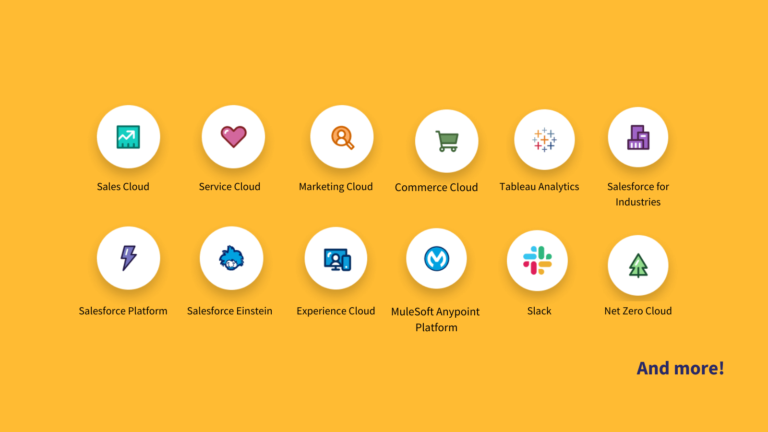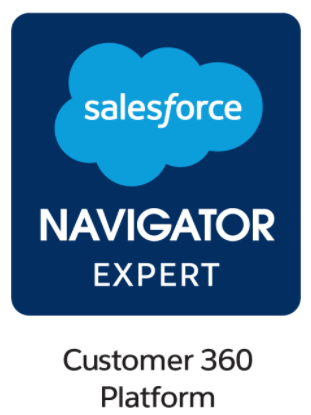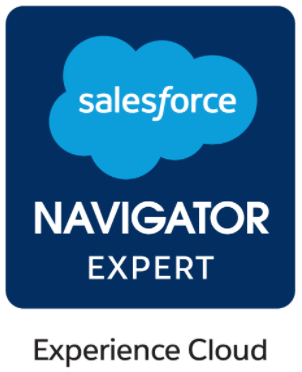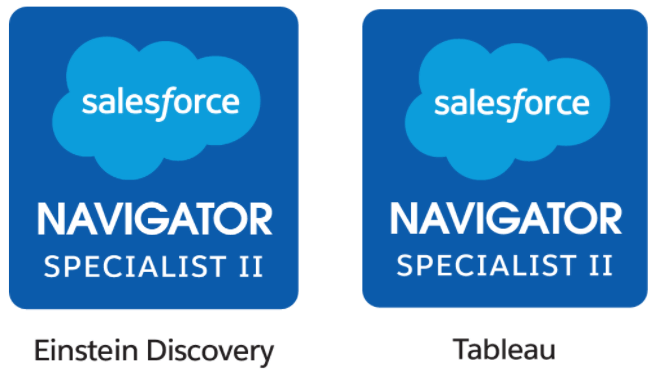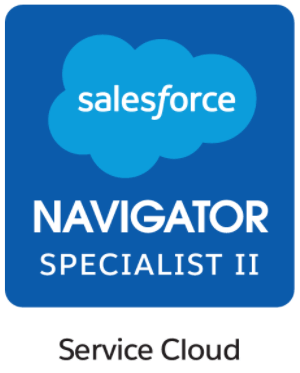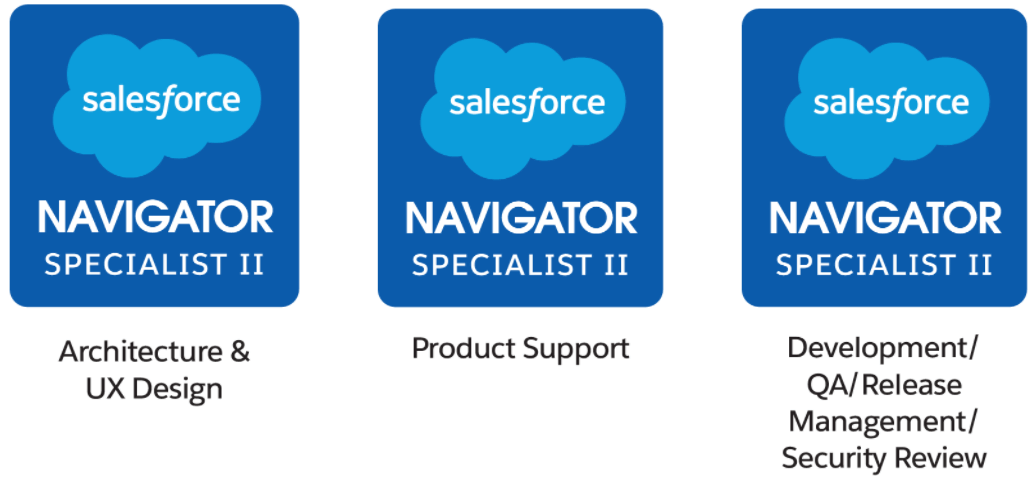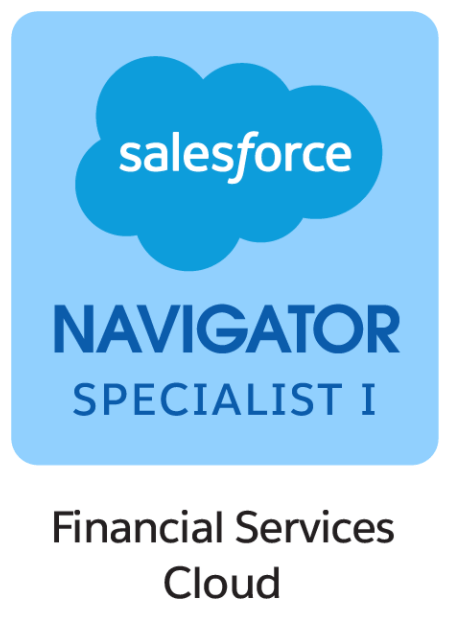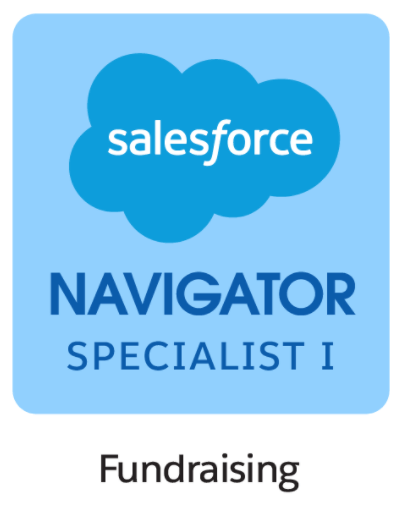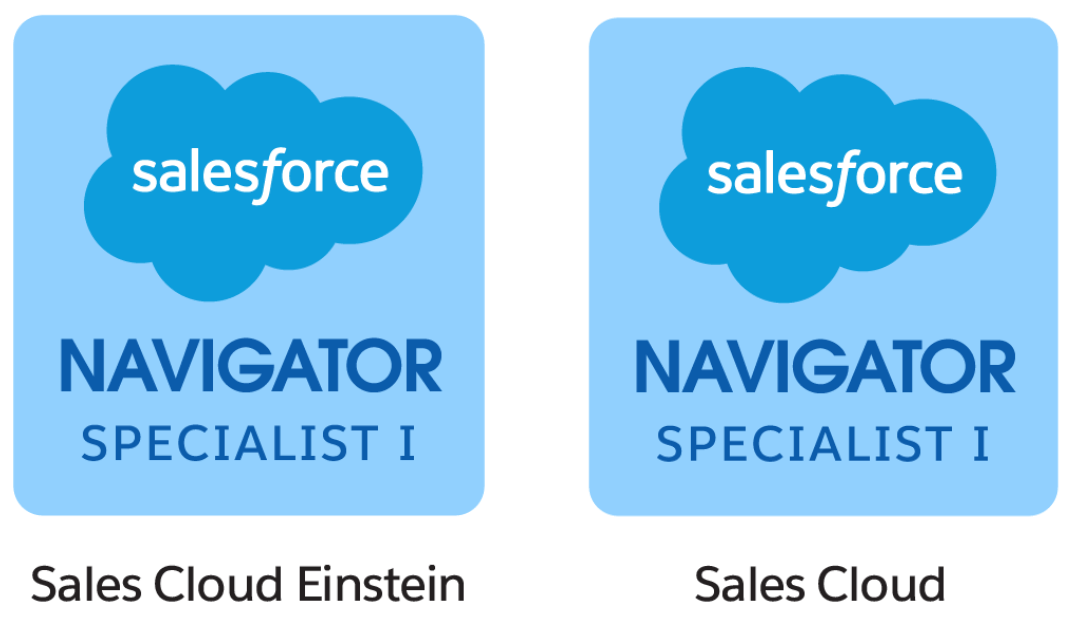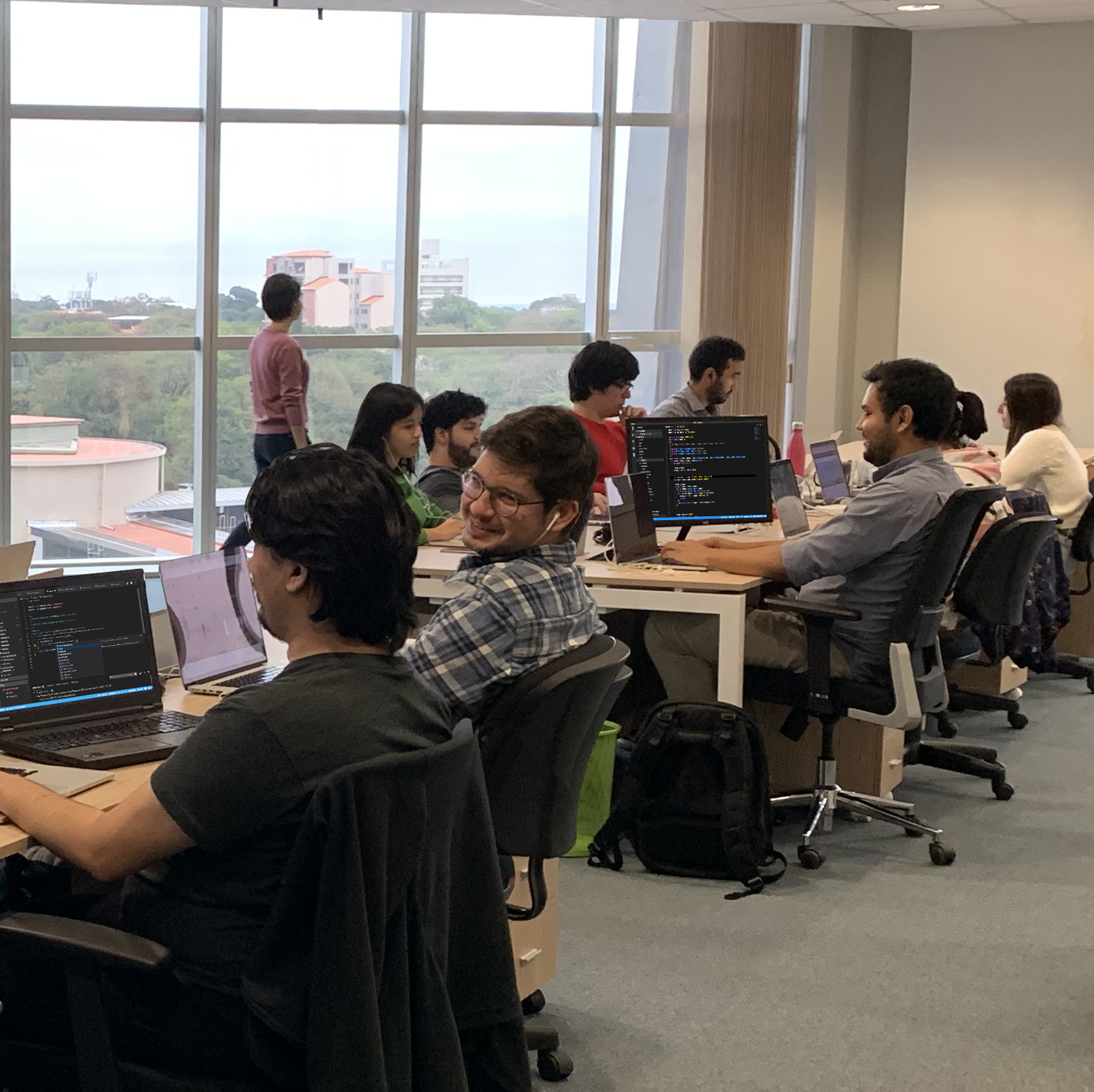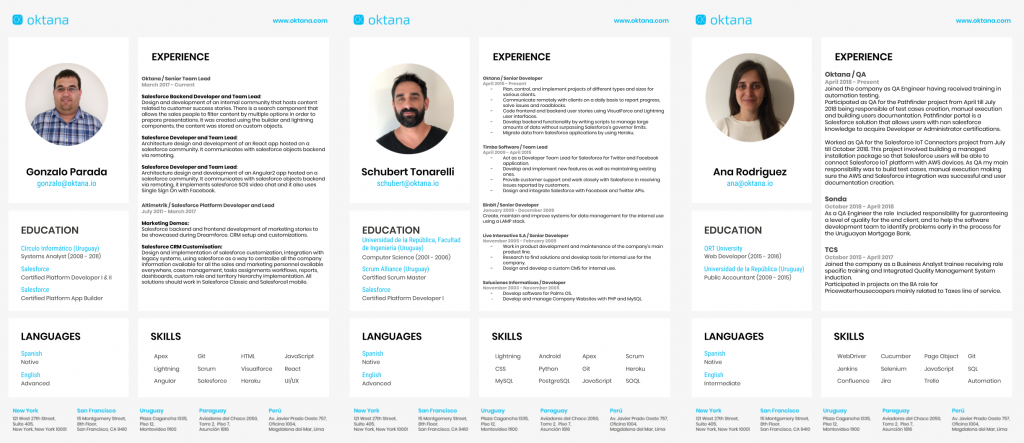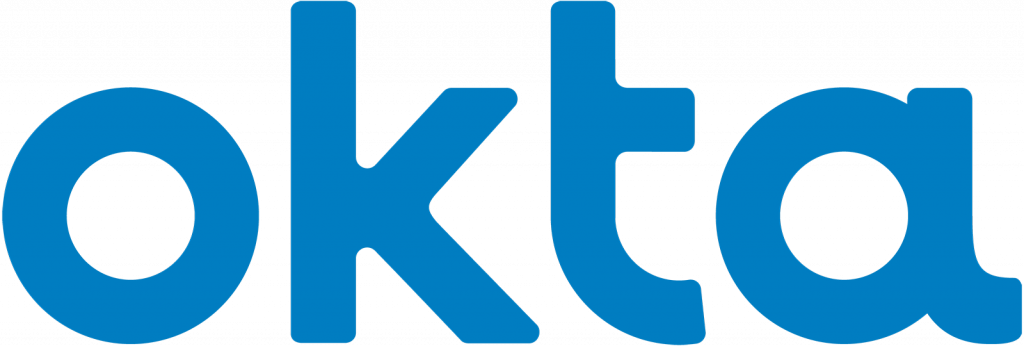Collaborating with a nearshore technology company is an informed strategic choice, particularly for organizations navigating complex technological projects. Expertise in platforms like Salesforce, MuleSoft, Snowflake, and full-stack development has become increasingly critical for success in the world of technological entrepreneurship.
Nearshore partnerships address these needs through practical and efficient solutions, offering operational flexibility and access to specialized talent while allowing customers to maintain control over project execution.
This article explores seven key benefits of nearshore partnerships and their tangible value to organizations.
1. Collaborative Work Hours
One of the most consistent challenges in outsourcing is managing time zone differences. Nearshore partnerships eliminate this obstacle by aligning work hours closely with those of their North American customers. With overlapping schedules, nearshore teams are available during the same working hours, making communication efficient and reducing delays.
This proximity ensures that discussions, feedback loops, and issue resolutions happen promptly. There’s no need to schedule midnight calls or send an email only to wait an entire day for a response. Instead, questions are answered quickly, and decisions are made in real time.
Why It Matters
Aligned work hours enhance productivity and reduce project downtime. Teams stay in sync, and projects maintain their momentum without disruptions caused by communication lags.
2. Flexible Team Composition Tailored to Your Needs
Unlike traditional outsourcing models, nearshore partnerships allow for the customization of teams to meet specific project requirements. Customers can select professionals based on their technical needs, including developers, architects, data engineers, UX/UI designers, and QA specialists. This approach ensures the team is purpose-built for the project at hand.
Moreover, team sizes can be adjusted as projects evolve. Initial phases might require a small, focused group, while later stages could necessitate scaling up with additional resources to meet increased demands.
Why It Matters
Customizing the team composition optimizes resource allocation, ensuring that expertise matches the complexity and goals of the project without overstaffing or under-resourcing.
3. Transparent Communication and Full Project Visibility
Effective communication and project transparency are essential for maintaining trust and ensuring project success. Nearshore companies prioritize customer involvement by providing access to project management tools, frequent updates, and detailed documentation. Customers can track progress, review deliverables, and provide input as needed without being excluded from the process.
This transparency fosters accountability and identifies potential issues early, allowing for proactive course corrections. Nearshore companies also encourage regular meetings and status reviews, which provide additional opportunities for collaboration.
Why It Matters
Transparency reduces the risk of misunderstandings and ensures that customers remain informed and in control, leading to better alignment with project goals.
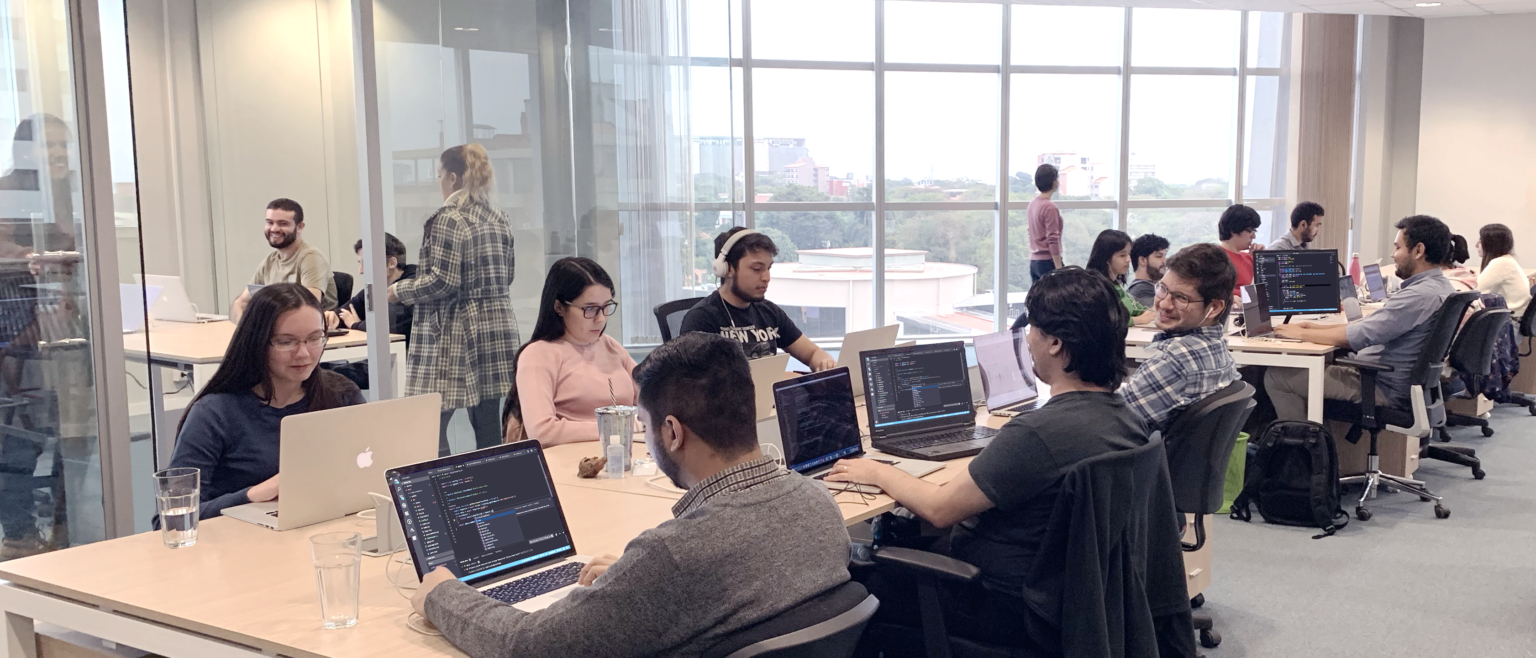
4. Adaptable Project Management Methodologies
Every project is unique, and nearshore companies recognize the importance of tailoring their approach to fit specific needs. Whether a project requires agile development for iterative improvements or a structured waterfall methodology for large-scale deployments, nearshore partners adapt to the customer’s preferred framework.
Additionally, they offer flexibility to accommodate shifting project scopes or priorities. If new features are required mid-project, nearshore teams can pivot efficiently without compromising timelines or quality standards.
Why It Matters
Adaptability ensures that projects remain aligned with business objectives, even as those objectives evolve.
5. Cost Efficiency Without Quality Compromises
One of the strongest incentives for choosing a nearshore partner is cost efficiency. Nearshore companies provide access to highly skilled professionals at competitive rates, often lower than those charged by onshore providers. This affordability is achieved without sacrificing the quality of deliverables. Adding to this, nearshore partnerships reduce hidden costs often associated with offshoring, such as those arising from miscommunication.
Transparent pricing models also allow customers to plan budgets more effectively. By working on a time and materials basis, customers only pay for the resources and time they need, avoiding unnecessary expenses.
Why It Matters
Cost efficiency ensures that organizations can achieve high-quality results while optimizing their financial resources for other strategic priorities.
The Strategic Value of Nearshore Partnerships
Nearshore technology companies offer more than just technical expertise—they provide a partnership grounded in collaboration, transparency, and adaptability. These qualities make them uniquely suited to meet the needs of modern organizations navigating complex projects.
By aligning work hours with customers, offering deep expertise in specialized technologies, and enabling tailored team compositions, nearshore partnerships bridge the gap between cost efficiency and high-quality execution.
For organizations working with platforms like Salesforce, MuleSoft, Snowflake, and full-stack systems, nearshore partnerships, like Oktana’s, deliver measurable benefits. They support both immediate project goals and long-term scalability, making them a practical and strategic choice for businesses seeking sustainable growth.
